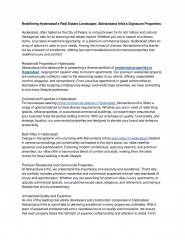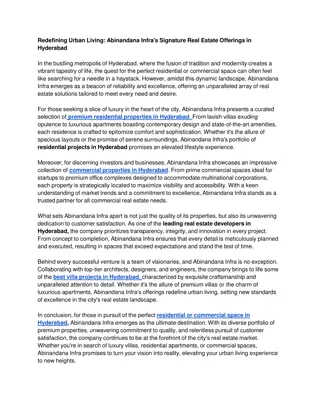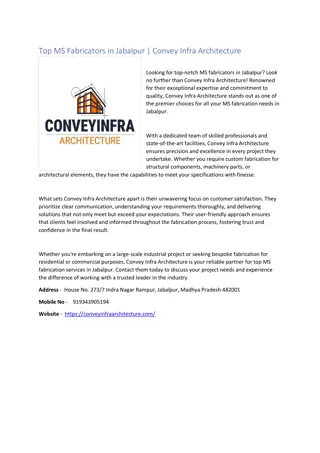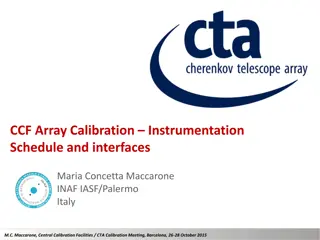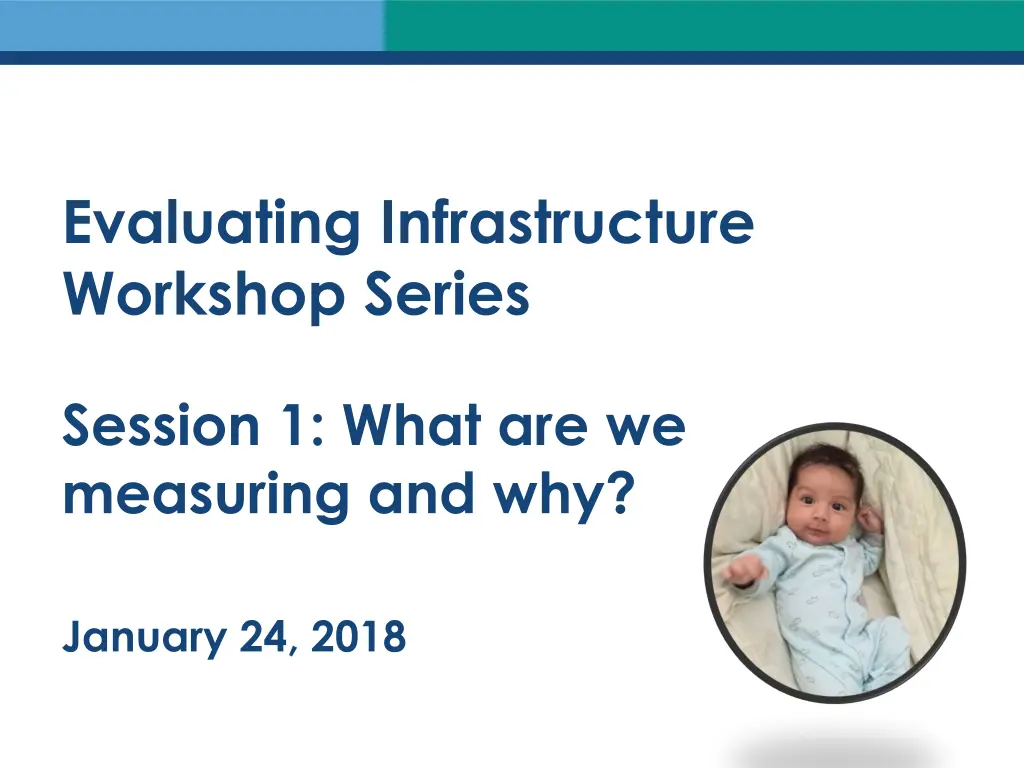
Measuring Infrastructure Improvements: Importance and Strategies
Understand the significance of measuring infrastructure progress and impacts for SSIP evaluation plans. Explore strategies to align outcomes with performance indicators effectively.
Download Presentation

Please find below an Image/Link to download the presentation.
The content on the website is provided AS IS for your information and personal use only. It may not be sold, licensed, or shared on other websites without obtaining consent from the author. If you encounter any issues during the download, it is possible that the publisher has removed the file from their server.
You are allowed to download the files provided on this website for personal or commercial use, subject to the condition that they are used lawfully. All files are the property of their respective owners.
The content on the website is provided AS IS for your information and personal use only. It may not be sold, licensed, or shared on other websites without obtaining consent from the author.
E N D
Presentation Transcript
Evaluating Infrastructure Workshop Series Session 1: What are we measuring and why? January 24, 2018
Welcome! Who is with us? Housekeeping Did you login by listing your State Program, Name (e.g., ND C, Abby Schachner)? If not, please update your information in Adobe If you are with a group, list out who is with you in the chat Please mute your lines if you are with a group or area with background noise *6 to mute, #6 unmute 2
Intended Outcomes of this Session Increase understanding of why measuring both the progress of implementing infrastructure improvements and their impacts are important components of your SSIP evaluation plan Develop or refine specific outcomes in your SSIP and related performance indicators to measure infrastructure change 3
Agenda Ground rules Reflection Question Presentation Examples for Evaluating the Outcomes and Impacts of Infrastructure Improvements Large Group Activity Aligning outcomes & performance indicators to activities and eval questions Small Group Work Review your plans for improvements/changes Wrap-Up & Plan for Session 2 4
Ground Rules Share openly (we are not recording) What is shared in the room, stays in the room Listen actively Ask one another questions Participate to the fullest of your ability Participate in all 3 sessions Come prepared , complete pre-work Let us know your needs 5
POLL EVERYWHERE: Word Cloud Instructions Go to pollev.com/dasy on your computer, smart phone or tablet OR text DASY to 22333 Once you have joined, text your one word response to the question Question: In one word, what do you think of when you think of evaluation of infrastructure? 6
Reflection Summary from pre-work What is an example from your SSIP of an infrastructure output and/or outcome measure? Was it easy or challenging to identify? What was an insight you gained from identifying this as part of the pre-work? 8
Progress Implementing the SSIP Evaluate progress: How is implementation going? Not simply describing the activities that were implemented but relate them to the initial analysis Reporting on benchmarks or other indicators of system change Evaluate outcomes: What changes are we seeing? What s the impact of those changes? How will the infrastructure support local Early Intervention Programs to implement EBPs? How will the infrastructure support scaling up and/or sustainability? 9
Good outcomes for children with disabilities and their families 11
Good outcomes for children with disabilities and their families Implementation of Effective Practices Increase quantity, e.g., scaling up Increase quality Sustainability 13
Example 1: Finance Activity: Develop and implement plan to improve EI finance system Short-term outcomes 80% of EI providers will initiate steps to become Medicaid providers Increase the number of EI providers approved as Medicaid providers Intermediate outcomes Increase the total funding available to state EI by $$$$$ by September 2018 90% of the QIs in Finance subcomponents 1, 2 and 4 will have more than 50% of elements fully implemented by May 2018. Long-term outcomes (impact) What are potential impacts (relate back to infrastructure analysis) 14
Example 2: Accountability/Monitoring Activity: Develop monitoring protocol to include a balanced focus on both compliance and program quality/performance Output Monitoring protocol developed by July 2018 Short-term outcomes 90% of EI providers are aware of major areas of focus in revised protocol Intermediate outcomes At least 90% of local programs achieve compliance rates of 95% or greater on APR indicators 1, 7 and 8 in FFY 2018 15
Example 3: Coaching/Mentoring Activity: Implement coaching/mentoring support on use of revised child standards in assessment and IFSP development Outputs: Coaching plan implemented by March 2018; Targeted numbers of coaches recruited and trained at each implementation site Short-term outcomes: 90% of coaches trained report sufficient knowledge of key elements of coaching process; 85% of participants have positive perceptions of the value, usefulness and quality of the coaching relationship after one month Intermediate outcomes: What are some potential intermediate outcomes? 16
Large Group Activity: Alignment Strategy: State enhances and implements a data system that has the ability and capacity to allow for effective program planning, monitoring and overall improvement. Activities: Enhance the state Early Intervention (EI) Data System to support additional analysis and reporting of child outcomes data at all levels. 17
Example Evaluation of Implementation Activity Evaluation Questions How will we know (Performance Indicator) Measurement/ Data Collection Method Documentation of Data System Evaluation and Updates Has the IDEA Part C statewide data system been updated to provide reports to support ongoing evaluation of program performance in improving outcomes for infants and toddlers? Update the EI statewide data system to ensure access to timely and accurate child outcomes data reports for ongoing evaluation of program performance in improving outcomes for infants and toddlers. Child outcomes data reports are available on an ongoing basis to evaluate provider performance relative to improving child outcomes for infants and toddlers for whom they provide services. Output How can we transform the output into an outcome and revise performance indicator to be better aligned? 18
Key Take-Away Points Alignment, alignment, alignment Focus must be on desired outcomes Outcomes are not static There is no one way 19
Small Breakout Group Work In small groups: Introductions and initial reactions at this moment Discuss alignment of your plans and if any changes or improvements are needed to increase alignment or quality of performance indicators Gather input and suggestions from other group members Plans for next steps in making changes prior to the next working session and identify supports needed 20
Breakout Group Instructions We will go into virtual breakout groups in Adobe Connect For visual you will be automatically moved into breakouts through this Adobe Connect room For audio you will call into conference line for each specific breakout group (next slide & in Adobe note) 21
Breakout Groups Conference Line: (866) 426-5206 International Dial-in Number: (954) 320-7777 Group 1 - Data Sys & Acct: AL-C, AZ- 619, DC-C, IL-C, Micronesia-619, MS- C, LA-C, PA-C, SD-C Stay on main conference line Group 2 - Finance: AZ C, CT-C, HI-C, IN-619, TX-C Participant code: 473-062-7118# Group 3 Personnel PD/TA: CA-C, DE-C, ID-619, VA-619, VT-C Participant code: 233-939-5020# Group 4 Personnel PD/TA: AR-C, OK-C, FL-C, MD-C Participant code: 431-458-4964# 22 Group 5 Quality Standards: NC- C, ID-C, NM-C, WA-619 Participant code: 724-789-0851# Group 6 State/Local Gov Part B: AK-619, AR-619, HI-B, SC-619, SD-B, NY-B Participant Code: 419-457-8860# Group 7 - State/Local Gov: AK-C, AS-C, MT-C, UT-C, WY-C Participant Code: 413-856-7434# Group 8 - State/Local Gov: IN-C, KY-C, MN-C, TN-C Participant Code: 436-859-5038#
Small Breakout Group Work In small groups: Introductions and initial reactions at this moment Discuss alignment of your plans and if any changes or improvements are needed to increase alignment or quality of performance indicators Gather input and suggestions from other group members Plans for next steps in making changes prior to the next working session and identify supports needed 23
Wrap-Up Session 2: February 7th from 3:30-5pm Eastern How are we measuring? Delving deeper into measurement strategies and data sources Pre-work - will be sent out next week Review tools, approaches and data sources for measuring infrastructure change Consider which one(s) align to your activities and questions Draft or revise an outcome based on selected tool/approach/data source 24
Your Take Aways What struck you today? What did this get you thinking about? 25
Formative Evaluation What worked well? What could be improved for next time? 26
Thank you See you in 2 weeks! The contents of this presentation were developed under grants from the U.S. Department of Education, # H373Z120002, #H326P120002, H326R140006, and H373Y130002. However, those contents do not necessarily represent the policy of the U.S. Department of Education, and you should not assume endorsement by the Federal Government. Project Officers: Meredith Miceli, Richelle Davis, Julia Martin Eile, Perry Williams, and Shedeh Hajghassemali. 27


